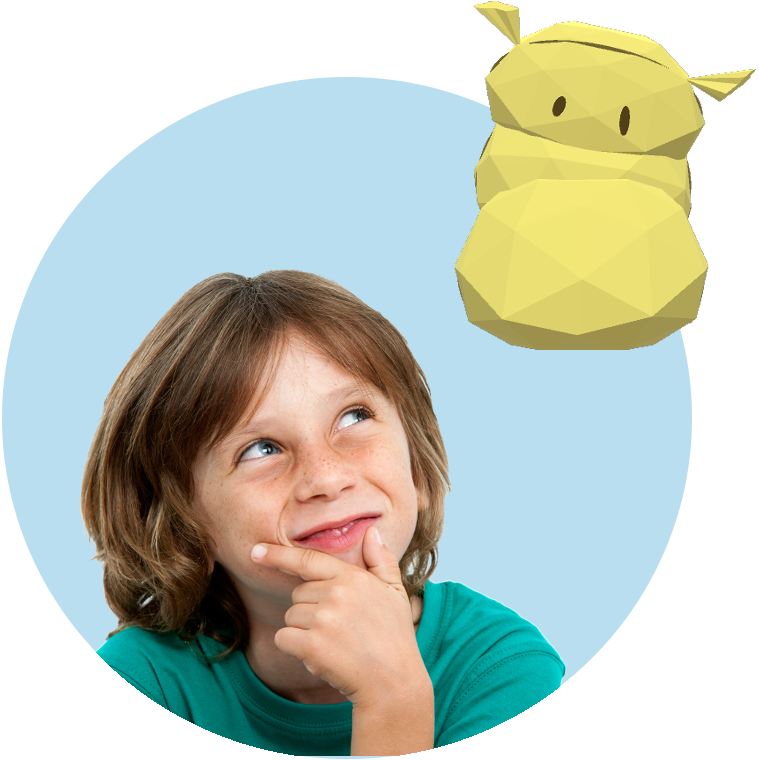How It Works
Puppet Academy is a child-led tool that fosters conversation with meaningful content that is planned and delivered by their team through short, improv performances. It integrates the 4C’s: critical thinking, creativity, collaboration and communication.
Puppet Academy stimulates social-emotional and academic development. Developed by a speech-language pathologist and educator with over 70 years of experience, Puppet Academy stimulates critical thinking, creativity, teamwork and social communication development.







